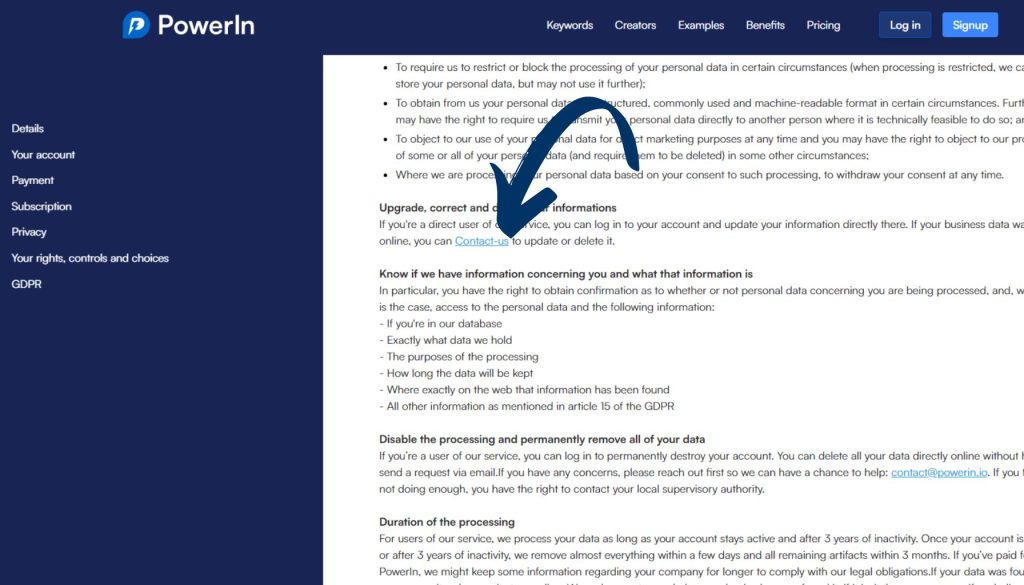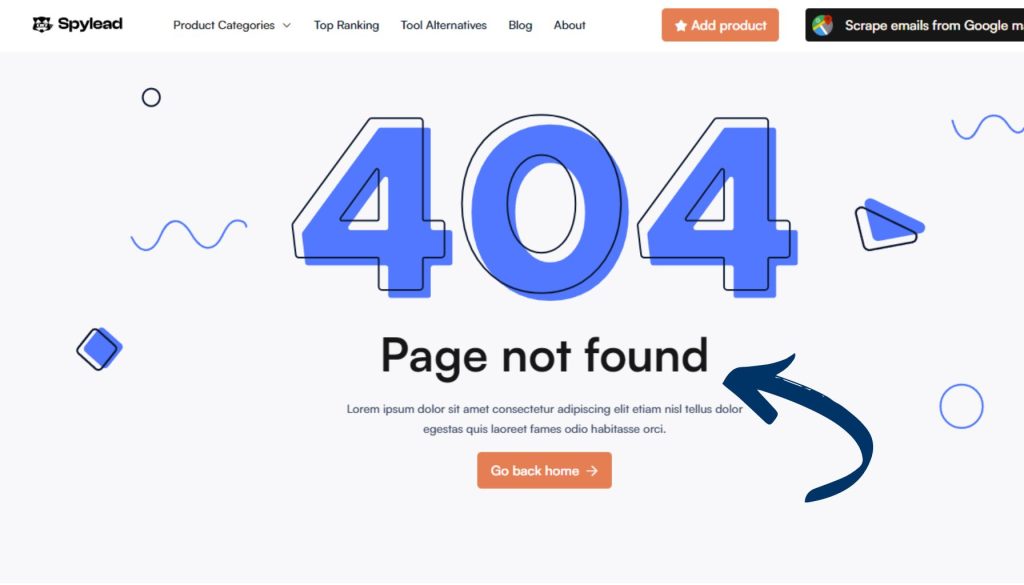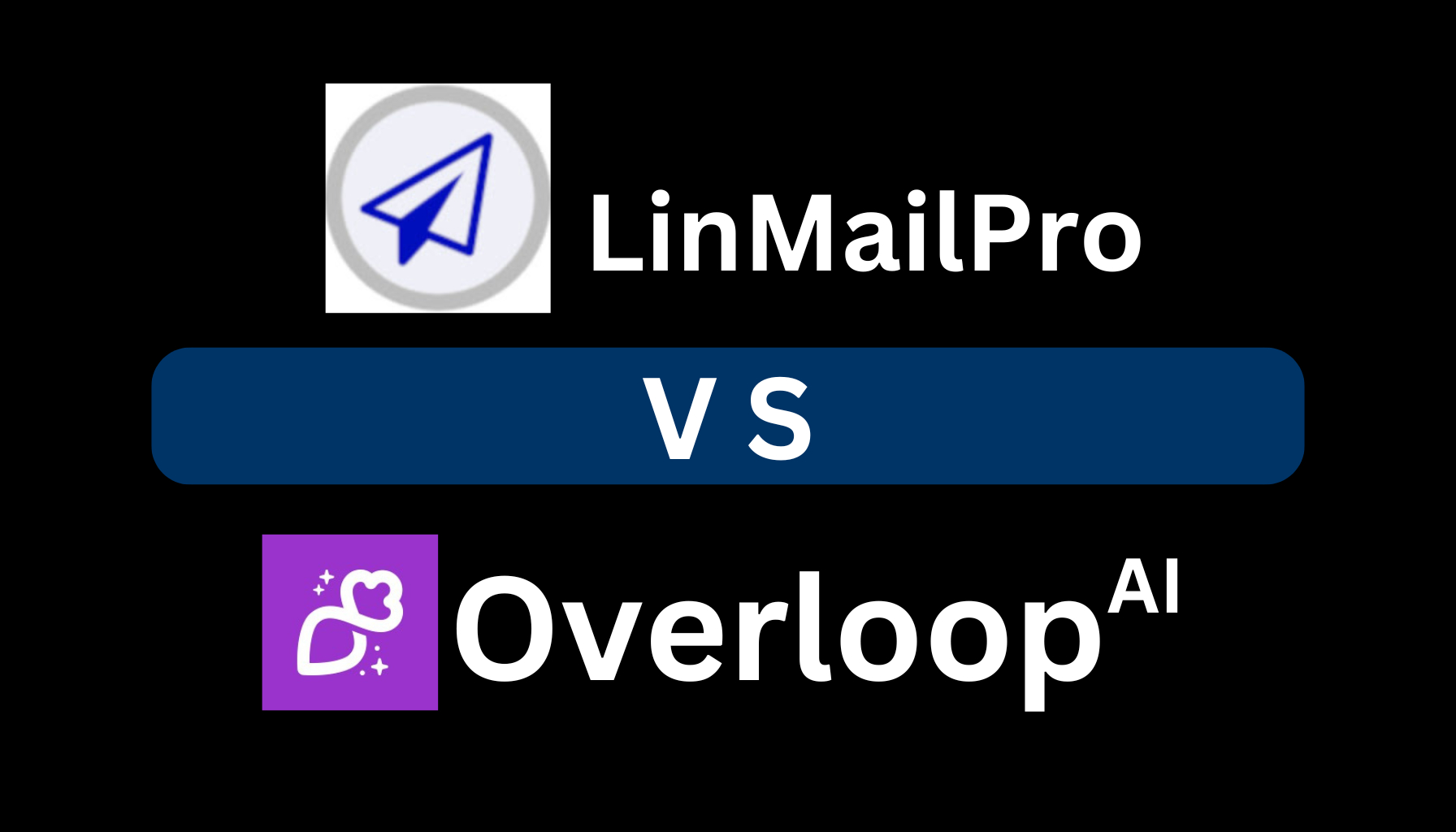
In the fast-paced world of LinkedIn automation, user expectations for rapid innovation and feature development are sky-high. Yet, PowerIn.io, a tool promising to enhance LinkedIn engagement, has found itself at the center of user discontent due to its sluggish pace of improvement.
As a seasoned SEO marketing specialist who has personally tested this tool, I’ve observed firsthand the growing frustration among users who initially saw great potential in PowerIn.io’s offerings. The significance of this issue cannot be overstated in today’s competitive SaaS landscape.
With LinkedIn becoming an increasingly vital platform for professional networking and business growth, tools that fail to evolve quickly risk becoming obsolete. This article delves into the heart of PowerIn.io’s slow feature development problem, exploring its impact on user satisfaction and analyzing the root causes as reported by users across various platforms.

Key Facts
- PowerIn.io users consistently report a lack of significant feature updates over extended periods, leading to growing dissatisfaction.
- The slow pace of development has resulted in PowerIn.io falling behind competitors in terms of AI capabilities and targeting options.
- Poor communication about upcoming features and lack of user feedback incorporation have exacerbated user frustration with the tool’s stagnation.
The Stagnation Dilemma: PowerIn.io’s Feature Development Woes
At the core of PowerIn.io’s challenges lies a pervasive issue of slow feature development that has left many users feeling stranded with an outdated tool. This stagnation is particularly problematic in the context of LinkedIn automation, where rapid innovation is not just expected but necessary to keep pace with the platform’s evolving requirements.
Users have consistently reported a lack of significant updates over extended periods, leading to growing dissatisfaction. The slow pace of development has resulted in PowerIn.io falling behind competitors in terms of AI capabilities and targeting options. This lack of progress is especially concerning given the fast-paced nature of social media platforms and the constant need for automation tools to adapt to new features and policies. The absence of meaningful improvements has led many users to question the long-term viability of PowerIn.io as a reliable LinkedIn automation solution.
Limited Targeting System
One of the most significant issues reported by users is the unreliable targeting system. With an impact rating of 8/10 and frequent mentions on AppSumo, users have found that the tool often selects irrelevant posts for commenting. This leads to disconnected comments that reduce engagement, severely impacting the tool’s effectiveness. The targeting system’s inability to accurately identify relevant content has caused frustration among users who rely on the tool to streamline their LinkedIn engagement strategies.
Many users have reported instances where their automated comments appeared out of context or on posts unrelated to their industry or interests. This lack of precision in the targeting system not only wastes users’ time but also potentially damages their professional reputation on the platform. The high impact rating underscores the critical nature of this issue and its detrimental effect on the overall user experience with PowerIn.io.
Reduced Features After Purchase
Users have expressed frustration over unannounced feature reductions. Specifically, the platform reduced keyword search options from 3 to 1 without prior notice. This change, which has an impact rating of 9/10 and is frequently mentioned on AppSumo, has particularly upset early promoters of the tool. The reduction in keyword search options has significantly limited users’ ability to fine-tune their targeting and engagement strategies.
Many users feel that this unilateral decision to reduce functionality has diminished the tool’s value proposition and breached the trust they placed in PowerIn.io. The high impact rating of 9/10 reflects the severe disappointment and sense of betrayal felt by users, especially those who had actively promoted the tool in its early stages. This unexpected downgrade in features has led many to question the company’s commitment to maintaining and improving the product, causing some to consider alternative solutions that offer more stable and comprehensive feature sets.
Lack of Support & Communication
Poor customer support and communication from the company have made it difficult for users to resolve issues. This lack of responsiveness, with an impact rating of 7/10, has led to concerns about the company’s commitment to improvements and left users feeling neglected. Users have reported long wait times for responses to their queries, with some issues remaining unresolved for extended periods.
The absence of clear channels for feedback and the lack of transparency regarding known issues or planned updates have exacerbated user frustration. This communication breakdown has created a sense of isolation among the user base, with many feeling that their concerns are not being heard or addressed. The impact rating of 7/10 indicates that while not the most critical issue, the lack of support and communication is a significant factor contributing to overall user dissatisfaction with PowerIn.io.


Misleading Promises
Users report feeling misled by initial promises of higher engagement rates. The tool doesn’t deliver the engagement volume (comments and messages) as advertised, undermining trust. This issue has an impact rating of 8/10 and is occasionally mentioned in user feedback. Many users invested in PowerIn.io based on expectations of significantly improved LinkedIn engagement, only to find that the actual results fell short of the promised outcomes.
This discrepancy between advertised capabilities and real-world performance has led to a sense of disappointment and skepticism among the user base. The occasional mentions in user feedback suggest that while not universally experienced, this issue is significant enough to warrant attention. The high impact rating of 8/10 underscores the importance of accurate representation of a product’s capabilities in maintaining user trust and satisfaction. This perceived gap between promises and delivery has contributed to an erosion of confidence in PowerIn.io among its user community.
Inconsistent Comment Posting
A frequently mentioned issue on AppSumo is the failure of scheduled comments to post, making automation unreliable and forcing manual intervention. With an impact rating of 7/10, this inconsistency defeats the purpose of using an automation tool. Users have reported numerous instances where comments they had scheduled failed to appear on the intended LinkedIn posts, requiring them to manually check and repost comments. This unreliability has significantly diminished the time-saving benefits that users expected from an automation tool.
The frequent occurrence of this issue has led to increased frustration and a loss of confidence in PowerIn.io’s core functionality. Many users have expressed that the need for constant monitoring and manual intervention negates the efficiency gains they hoped to achieve through automation. The impact rating of 7/10 reflects the substantial negative effect this inconsistency has on user experience and the overall utility of the tool.
Poor AI Comment Quality
Users expected more from the AI but find it produces subpar results. AI-generated comments are often irrelevant or nonsensical, negatively affecting professional credibility on LinkedIn. This issue has an impact rating of 6/10 and is frequently mentioned in user feedback. Many users relied on PowerIn.io’s AI capabilities to generate engaging and contextually appropriate comments, hoping to save time while maintaining a professional presence on LinkedIn. However, the AI’s output has often fallen short of these expectations, producing comments that are generic, off-topic, or sometimes completely unrelated to the post content.
This poor quality of AI-generated content has forced many users to spend additional time editing or completely rewriting comments, negating the time-saving benefits of automation. The frequent mentions in user feedback highlight the widespread nature of this issue, while the impact rating of 6/10 suggests that while significant, users consider other problems with the tool to be more critical.
Horlio: A Superior Solution to Slow Feature Development
In contrast to PowerIn.io’s slow development pace, Horlio offers an innovative solution in the LinkedIn automation landscape. Horlio’s commitment to rapid, user-centric feature development addresses the key pain points experienced by PowerIn.io users.
One of Horlio’s standout features is its advanced AI-powered content generation. This system adapts to different tones and styles based on user preferences, ensuring content aligns with each user’s unique voice and brand. This adaptability is valuable for maintaining a consistent and authentic LinkedIn presence.
Horlio’s intelligent LinkedIn automation goes beyond basic scheduling. It implements smart scheduling algorithms to mimic human behavior patterns, making automation more effective while ensuring compliance with LinkedIn’s usage policies.
For targeting, Horlio provides advanced options allowing users to focus their efforts precisely. The platform enables targeting based on specific industries, company sizes, and job titles. This granular control helps users tailor their outreach and engagement strategies to their exact target audience.
The combination of AI-powered content generation, intelligent automation, and advanced targeting positions Horlio as a comprehensive solution for LinkedIn engagement. It addresses many shortcomings reported by PowerIn.io users, particularly in content relevance, automation reliability, and targeting accuracy.
For professionals and businesses seeking a more dynamic LinkedIn automation tool, Horlio offers a compelling option. To experience how this evolving platform can transform LinkedIn engagement, interested users can visit www.horlio.com to start a free trial and explore its features.
Ready to Dominate LinkedIn?
Transform Contacts into Conversations with Smart Targeting on LinkedIn!
Conclusion
PowerIn.io’s slow feature development has emerged as a significant pain point for users, undermining the tool’s initial promise and eroding user trust. The lack of meaningful updates, poor communication, and misalignment with user needs have left many users feeling frustrated and looking for alternatives. As the LinkedIn automation landscape continues to evolve rapidly, tools that fail to keep pace risk becoming obsolete. For professionals and businesses looking to maximize their LinkedIn presence, it’s crucial to choose a tool that evolves as quickly as the platform it serves.
References
- AppSumo. (2024). PowerIn – Automate LinkedIn Comments Reviews. AppSumo. Retrieved from https://appsumo.com/products/powerin-automate-linkedin-comments/reviews/
- Passivern. (2024). PowerIn Review – LinkedIn Comment Automation Software. Passivern.com. Retrieved from https://passivern.com/powerin-review-linkedin-comment-automation-software
- PowerIn. (2024). Leave a Review. PowerIn.io. Retrieved from https://www.powerin.io/review



